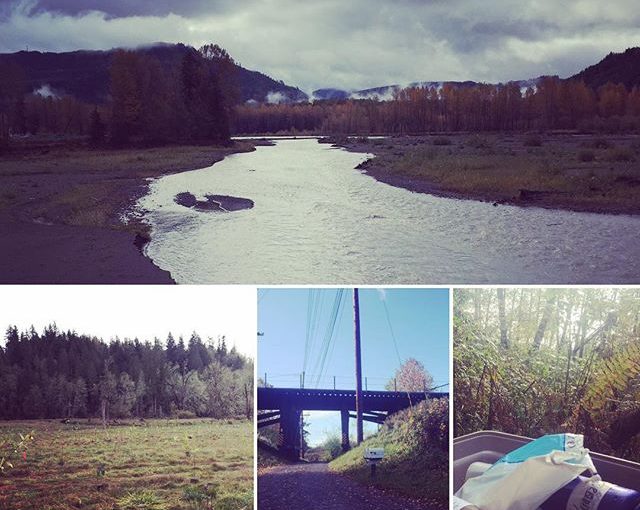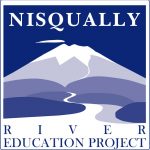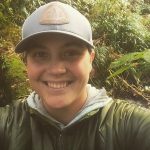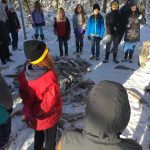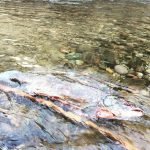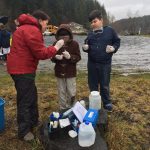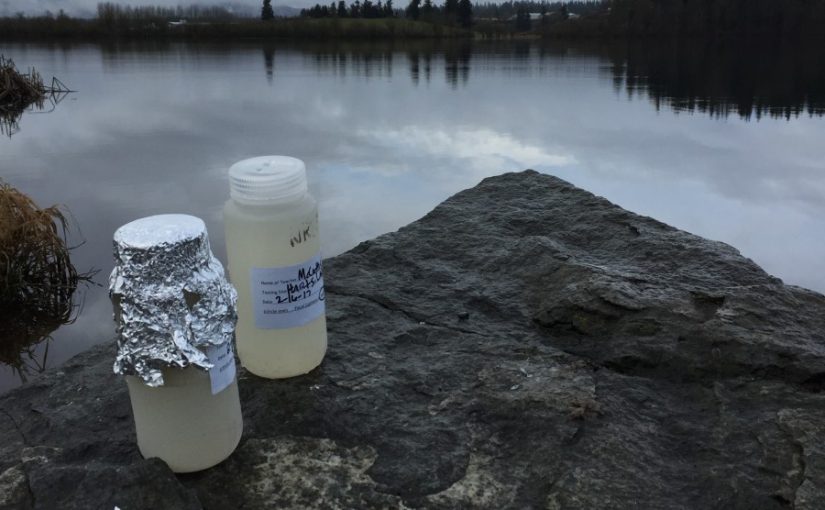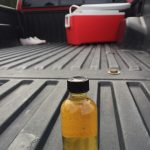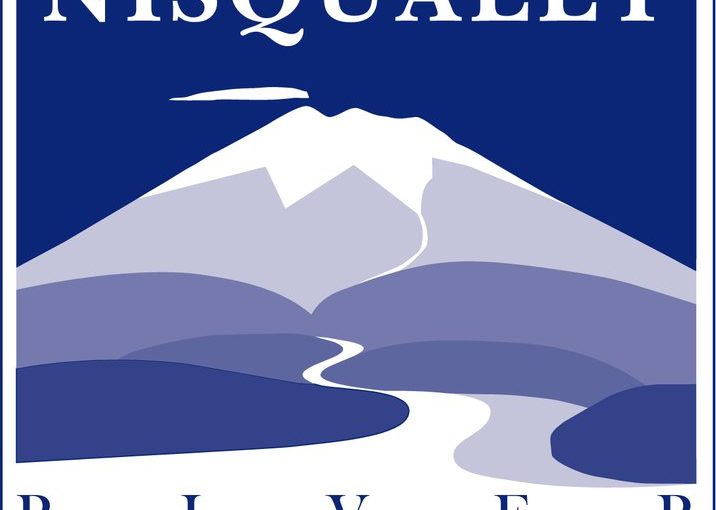This week is a big week for my internship. It involves hectic scrambling of supply gathering and driving at least 20 miles a day all over the water shed in order to distribute supplies for those who need it. This week is Water Quality week.
Twice a year participating class rooms in the Nisqually Watershed descend on various sites though out the Nisqually River and it Tributaries. From Columbia Crest A-STEM to the Salish Middle School, all classrooms will spend 2-3 hours at terminal areas along the watershed conducting tests to determine the state of the River.
There are four tests the students themselves will conduct and two tests which either we (NREP) conduct or a test that we have a water plant do for us. The students will be testing for: Dissolved Oxygen, Turbidity, pH levels, and Nitrates. The staff at NREP will be testing for Fecal Coliform levels and Total Suspended Solids will be given to the Yelm Water Reclamation Facility.
Dissolved Oxygen:
We advertise this test as the silent bastard of all the test. It involves 17 steps, this is after we deleted 7 steps or it would have been 24 steps! The purpose is to determine how much dissolved oxygen is present in the water at particular sites. Salmon generally need >9 mg/L which correlates to 9,000 PPM. First students add 8 drops of Manganous Sulfate and 8 drops of Alkaline Potassium Iodide Azide, then cap sample and invert a couple of times, after inverting the solution needs to settle below the shoulder of the bottle, then add 8 drops of Sulfuric Acid 1:1, cap and shake until precipitate is totally dissolved, the sample is fixed now and no oxygen can be added to sample, fill the titration tube to the 20 mL line with sample water, add 8 drops of Starch Indicator Solution, sample will turn dark purple, then fill titrator with Sodium Thiosulfate, titrate into the titration tube one drop at a time, when solution turns completely clear read the level of liquid on the titrator. This is the level of dissolved oxygen in the sample. Read as mg/L. We ask the teachers to place students on this test who can follow strict procedures and can concentrate among enormous distractions.
pH:
With this test, the students are looking for neutral water pH. Ideal levels of pH for Salmon is 7 pH units. This test places water samples in to two different tubes, adding 6 drops of wide range pH indicator, placing the tube with pH indicator into a viewing box with a color wheel, then matching the color wheel to the water color in the tube, record as pH units. This specific color matches a specific number of pH level. This test is great for students for are visual learners and artistic.
Nitrates:
This 9 step process also incorporates a color wheel. Although only one sample is prepared for viewing. The students will first fill a test tube to the correct level, add one #1 Nitrate Tablet, cap and mix, add one #2 Nitrate tablet, cap a mix, wait 5 minutes, insert tube into viewing box (otherwise called the Octa-Slide), place Octa-Slide Bar into viewer, match the sample water to the correct color and record as PPM (Parts Per Million). On top of being visual learners the students who are assigned this test should also be patient and focused as they need to wait 5 minutes after adding tablets.
Turbidity:
This is the most abstract of all our test because we are asking the students to compare the sharpness of black dots when viewed though two tubes side by side. First the water sample is poured into a tube, with Distilled or turbidity free water into the other tube. Both black dots should be visible, place both tubes side by side, note the clarity of the black dots in each tube if the sample water is equally as sharp then turbidity is zero, if sample tubes black dot is blurry then move to next step; shake standard turbidity reagent, add .5 ml to the clear tube, stir contents in both, then compare both again. The students will keep adding the reagent in to the clear tube until it matches the turbidity of the sample water. Once matched in turbidity they will record as JTU’s (Jackson Turbidity Units) where each .5ml equals 5 JTUS. Students that conduct this test are more abstract learners and can make the distinction between sharpness in images.
As always these test are conducted at the site, giving students vital time to be outdoors and enjoy the benefits of nature based learning. These students will also add to the 24 years of pre-existing student collected data; helping to form a living timeline of the state of water quality in the Nisqually Watershed.
Each classroom and all volunteers are trained by the NREP staff including myself. I enjoy this part of the internship as I get to teach others how to be citizen scientists, an important concept in the mist of todays Presidential Administration.

